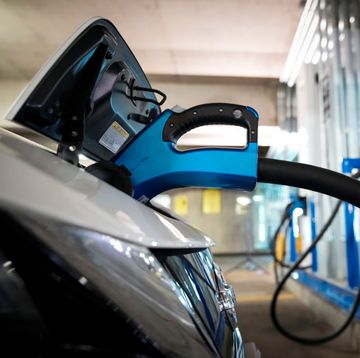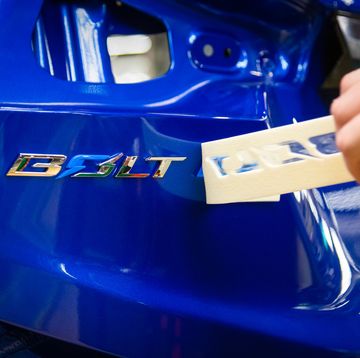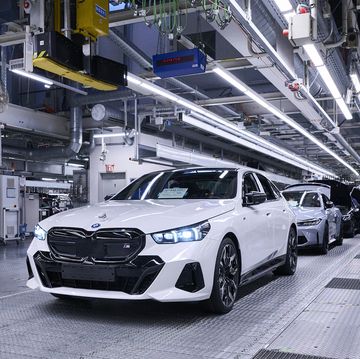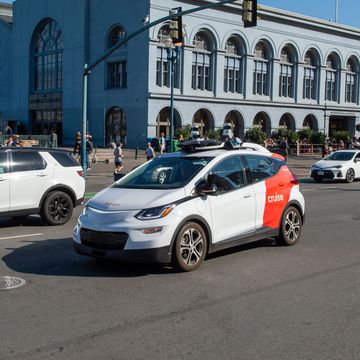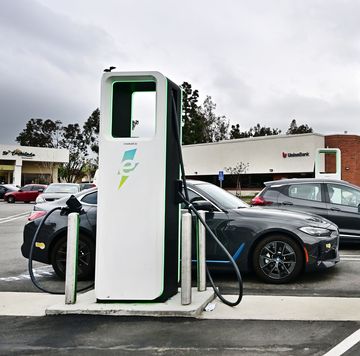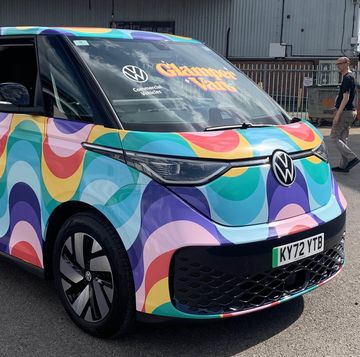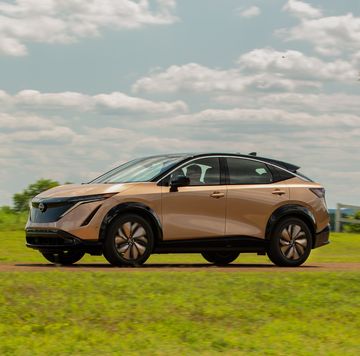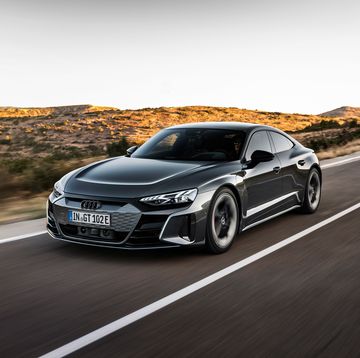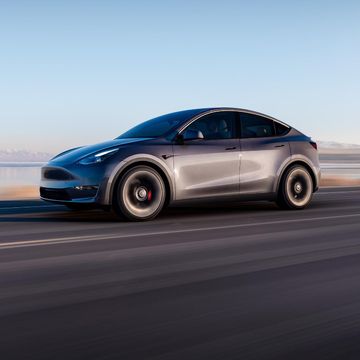- The New York Times reported the new EPA rules would “propel the United States to the front of the global effort to slash the greenhouse gases generated by cars…”
- US EV sales were estimated to be 5.8% in the first quarter of this year, which would come to an annual rate of nearly 888,000 battery-electrics in 2023, out of a seasonally adjusted annual rate of 15.3 million vehicles.
- The EPA’s new mandate could require automakers to sell 10-12 million EVs in calendar 2035. That’s based on an annual rate of 15 million new vehicles sold here.
The Environmental Protection Agency will announce strict new tailpipe emissions standards in Michigan Wednesday mandating that two-thirds of all new cars and trucks sold in 2032 are all-electric zero-emissions vehicles.
Citing “two people familiar with the matter,” The New York Times reported the new EPA rules would “propel the United States to the front of the global effort to slash the greenhouse gases generated by cars…”
The European Union plans to cut emissions 55% by 2030 and 100% by 2035. Similarly, the United Kingdom has set a target of 22% EV sales by next year, on the way to 100% by 2035.
California has mandated that 100% of new vehicles sold in the state must be zero-emissions by 2035. “At least a dozen” additional—mostly coastal—states that have in the past followed the “California Mandate” allowed by the federal Clean Air Act (including Massachusetts, New York, Oregon, and Vermont) are “grappling” over whether to follow California’s lead on this one, according to PBS News Hour.
US EV sales were estimated to be 5.8% in the first quarter of this year, which would come to an annual rate of nearly 888,000 battery-electrics in 2023, out of a seasonally adjusted annual rate of 15.3 million vehicles.
The EPA’s new mandate, which is subject to a public comment period before becoming law, could require automakers to sell 10-12 million EVs in calendar 2035. That’s based on an annual rate of 15 million new vehicles sold here, which is a sort of modern baseline for a “normal” sales year, up to 18 million per year, just above the 17.6-million record annual sales numbers of the late ‘10s.
Michael S. Regan, the EPA’s administrator, is expected to announce the proposed emissions limits in Detroit on Wednesday, the Times says.
In addition to all-EV automakers like Tesla, Lucid, Fisker, and Rivian, “legacy” automakers already have announced aggressive transitions from internal-combustion to full battery-electric power.
General Motors is perhaps the most ambitious and has said it will spend $35 billion on all-EV and autonomous vehicles by 2025, on the way to making 50% of its assembly plants in North America and China capable of EV production by 2030.
Ford Motor Company has split into three business units: the all-EV Model-E, commercial-focused Ford Pro, and legacy ICE vehicles under Ford Blue.
Perennial EV skepticism over whether the US will have sufficient recharging infrastructure and an adequate electrical grid looms over this latest proposal from the EPA, as oil discovery and production remains steady even as the Organization of Petroleum Exporting Countries cut production recently in order to prop up prices.
Also reported by The New York Times over the weekend, oil giant ConocoPhillips has already begun to move in drilling equipment and to fly in workers and provisions for the $8 billion National Petroleum Reserve, 250 miles north of the Arctic Circle in Alaska, “just days” after President Biden approved the project.
Environmentalists are upset with the White House over the plan to drill along “the nation’s single largest expanse of untouched wilderness.”
Do you think the state or federal governments can legislate the US into a market with an EV majority? Please comment below.
As a kid growing up in Metro Milwaukee, Todd Lassa impressed childhood friends with his ability to identify cars on the street by year, make, and model. But when American automakers put an end to yearly sheetmetal changes, Lassa turned his attention toward underpowered British sports cars with built-in oil leaks. After a varied early journalism career, he joined Autoweek, then worked in Motor Trend’s and Automobile’s Detroit bureaus, before escaping for Mountain Maryland with his wife, three dogs, three sports cars (only one of them British), and three bicycles. Lassa is founding editor of thehustings.news, which has nothing to do with cars.


